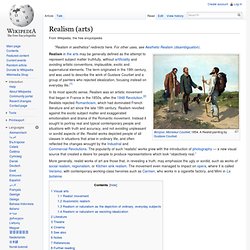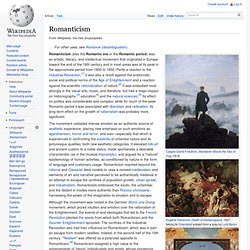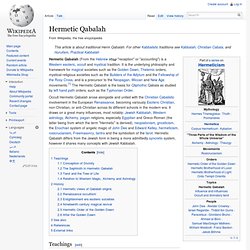

Second-wave feminism. Second-wave feminism is a period of feminist activity that first began in the early 1960s in the United States, and eventually spread throughout the Western world.

In the United States the movement lasted through the early 1980s.[1] It later became a worldwide movement that was strong in Europe and parts of Asia, such as Turkey[2] and Israel, where it began in the 1980s, and it began at other times in other countries.[3] Many historians view the second-wave feminist era in America as ending in the early 1980s with the intra-feminism disputes of the Feminist Sex Wars over issues such as sexuality and pornography, which ushered in the era of third-wave feminism in the early 1990s.[5][6][7][8][9] Overview[edit] In 1963 Betty Friedan, influenced by The Second Sex, wrote the bestselling book The Feminine Mystique in which she explicitly objected to the mainstream media image of women, stating that placing women at home limited their possibilities, and wasted talent and potential. Naturalism (arts) Realism in the arts may be generally defined as the attempt to represent subject matter truthfully, without artificiality and avoiding artistic conventions, implausible, exotic and supernatural elements.

The term originated in the 19th century, and was used to describe the work of Gustave Courbet and a group of painters who rejected idealization, focusing instead on everyday life.[1] In its most specific sense, Realism was an artistic movement that began in France in the 1850s, after the 1848 Revolution.[2] Realists rejected Romanticism, which had dominated French literature and art since the late 18th century. Realism revolted against the exotic subject matter and exaggerated emotionalism and drama of the Romantic movement. Instead it sought to portray real and typical contemporary people and situations with truth and accuracy, and not avoiding unpleasant or sordid aspects of life. Naturalism (philosophy)
Naturalism is "the idea or belief that only natural (as opposed to supernatural or spiritual) laws and forces operate in the world; (occas.) the idea or belief that nothing exists beyond the natural world.

"[1] Adherents of naturalism (i.e., naturalists) assert that natural laws are the rules that govern the structure and behavior of the natural universe, that the changing universe at every stage is a product of these laws.[2] "Naturalism can intuitively be separated into a [metaphysical] and a methodological component. "[3] Metaphysical here refers to the philosophical study of the nature of reality.
In contrast, assuming naturalism in working methods, without necessarily considering naturalism as an absolute truth with philosophical entailments, is called methodological naturalism.[5] The subject matter here is a philosophy of acquiring knowledge. Romanticism. Defining Romanticism[edit] Basic characteristics[edit] Defining the nature of Romanticism may be approached from the starting point of the primary importance of the free expression of the feelings of the artist.

The importance the Romantics placed on untrammelled feeling is summed up in the remark of the German painter Caspar David Friedrich that "the artist's feeling is his law".[7] To William Wordsworth poetry should be "the spontaneous overflow of powerful feelings".[8] In order to truly express these feelings, the content of the art must come from the imagination of the artist, with as little interference as possible from "artificial" rules dictating what a work should consist of.
Not essential to Romanticism, but so widespread as to be normative, was a strong belief and interest in the importance of nature. ART SEEN with SUSI. Hermetic Qabalah. Teachings[edit] Conception of Divinity[edit] A primary concern of Hermetic Qabalah is the nature of divinity, its conception of which is quite markedly different from that presented in monotheistic religions; in particular there is not the strict separation between divinity and humankind which is seen in monotheisms.[2] Hermetic Qabalah holds to the neoplatonic conception that the manifest universe, of which material creation is a part, arose as a series of emanations from the godhead.[3]

Hermetic Order of the Golden Dawn. The three founders, William Robert Woodman, William Wynn Westcott, and Samuel Liddell MacGregor Mathers were Freemasons and members of Societas Rosicruciana in Anglia (S.R.I.A.).[5] Westcott appears to have been the initial driving force behind the establishment of the Golden Dawn.

The Golden Dawn system was based on hierarchy and initiation like the Masonic Lodges; however women were admitted on an equal basis with men. The "Golden Dawn" was the first of three Orders, although all three are often collectively referred to as the "Golden Dawn". The First Order taught esoteric philosophy based on the Hermetic Qabalah and personal development through study and awareness of the four Classical Elements as well as the basics of astrology, tarot divination, and geomancy. The Second or "Inner" Order, the Rosae Rubeae et Aureae Crucis (the Ruby Rose and Cross of Gold), taught proper magic, including scrying, astral travel, and alchemy.
Influences[edit] History[edit] Cipher Manuscripts[edit] J.W. Situationist International.